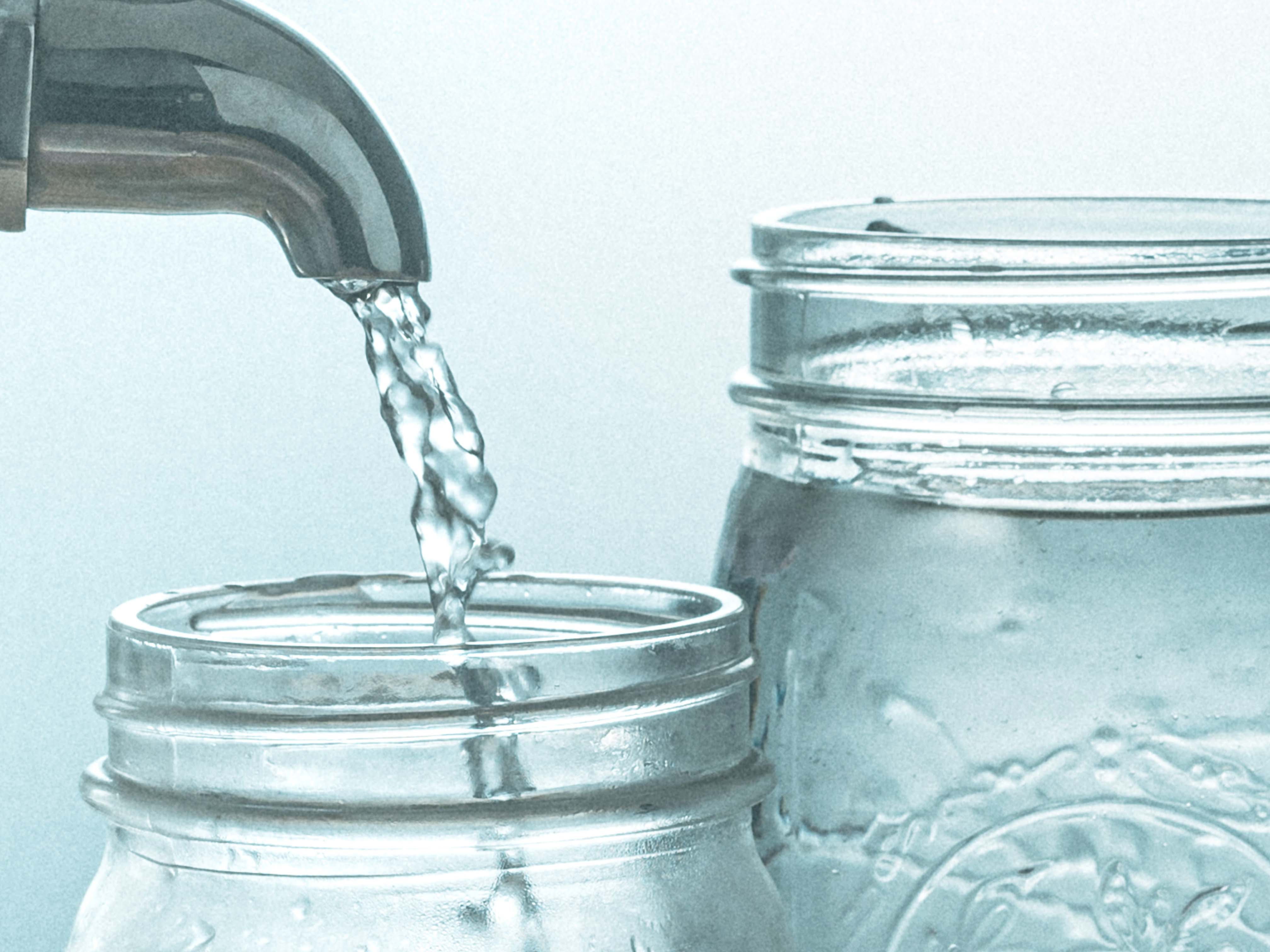
20 Easy Ways to Conserve Water
Week 26
This week, we took a look at the importance of water conservation and found out that the average American family uses 300 gallons of water every day at home. According to Science Daily, research shows that we will not have enough fresh water to meet demand by 2040, if changes are not made beforehand. So, here are 20 ways to cut back on water usage, which will not only conserve a critical resource, but save a ton of money in the process.
Flush less
Every flush of a standard, older toilet uses 7 gallons of water. Instead of flushing every time you go to the restroom, follow this little rhyme "If it's brown, flush it down. If it's yellow, keep it mellow."
Plug your bathtub before turning the water on
Then adjust the temperature as it fills. A typical bathtub requires about 70 gallons per fill.
Take shorter showers
Shorten your shower by a minute or two and you’ll save up to 150 gallons per month. Time your shower to keep it under 5 minutes and you'll save up to 1,000 gallons per month.
Use a WaterSense® labeled showerhead.
Replacing showerheads with WaterSense labeled models can reduce the average family's water and electricity costs by $70 and can save the average family more than 2,700 gallons of water per year.
Turn the faucet off while brushing your teeth
Turning off the tap while brushing your teeth can save 8 gallons of water per day. That's a savings of 2,920 gallons per year.
Collect shower water
Don't let all of that shower water go to waste while you wait for it to heat up. Instead, keep a bucket handy to collect water to water your plants with.
Fix leaky faucets
According to the EPA, leaks account for 12% of our daily water usage. The average family can waste 180 gallons per week, or 9,400 gallons of water annually, from household leaks.
Wash fruits and vegetables in a dish
Fill dish with clean water to rinse fruits and vegetables instead of letting the faucet run.
Save kitchen water for house plants
Unsalted water from rinsing, steaming, and boiling food in the kitchen can be given a second life in a watering can.
Don't rinse dishes before loading them into the dishwasher
Loading dishes directly into the dishwasher can save 20 gallons of water per load.
Turn off the faucet while scrubbing dishes
Letting your faucet run for five minutes while washing dishes can waste 10 gallons of water.
Only run the dishwasher and washing machine when they are full
Running these appliances only when they are full can save up to 1,000 gallons every month.
Use water-efficient appliances
We can use 20 percent less water by installing water-efficient fixtures and appliances. As an added bonus, the average family can save more than $380 annually from retrofitting with WaterSense labeled fixtures and ENERGY STAR certified appliances.
Keep your grass a little taller
Adjust your lawn mower to the height of 1.5 to 2 inches. Taller grass shades roots and holds soil moisture better than short grass.
Don't bag your law clippings
Leave lawn clippings on your grass, this cools the ground and holds in moisture.
Water your garden or lawn in the morning
Minimize evaporation by watering during the early morning hours when temperatures are cooler and winds are lighter.
Spread mulch in your garden beds
Spreading a layer of organic mulch around plants both prevents weeds and helps them retain moisture, saving water, time and money.
Collect rain water to water your lawn or garden
Connect rain barrels to the gutters on your house or simply keep one outside to collect water. You can find rain barrels at most home improvement stores, or you can make a rain barrel with my easy tutorial.
Use a commercial car wash that recycles water.]
These commercial car washes use less than half the fresh water you would use to wash your car at home or at a car wash without water reclamation technology.
Use a water calculator
Input basic information into this water calculator to estimate how much water your household uses and find even more ways to cut back.
These statistics were found through the EPA and Water Use It Wisely.